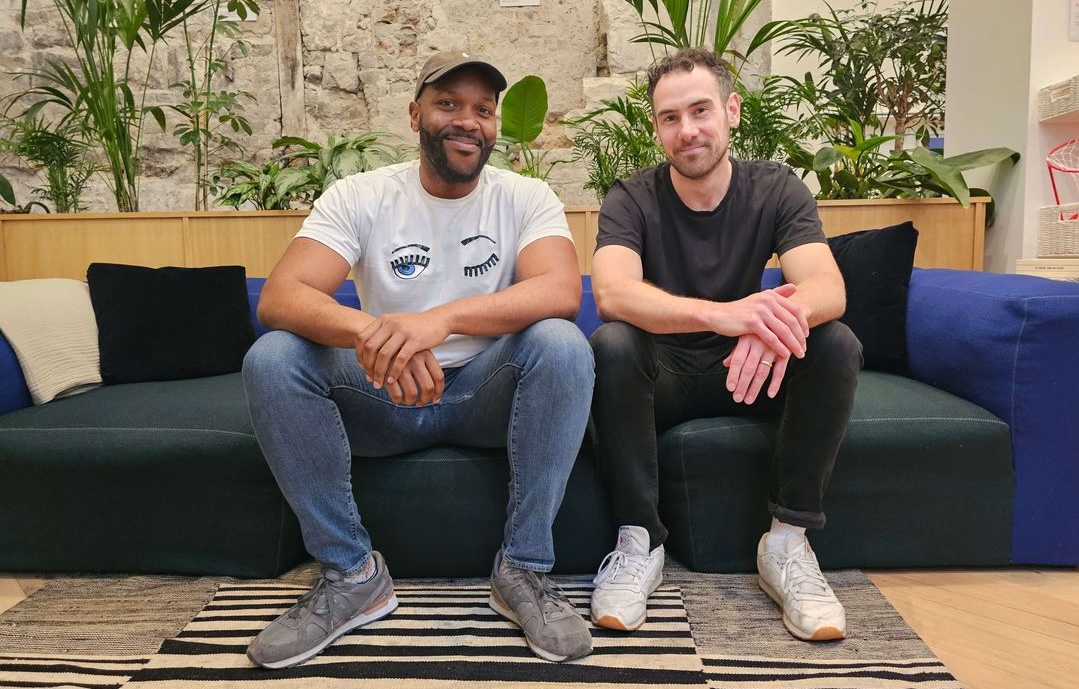ImpactAlpha, February 22 — The West Side of San Antonio is looking forward to a thriving corridor of successful small businesses, restored buildings and new projects going up on previously vacant lots.
The community’s plans for the commercial corridor in the majority Latino and low-income neighborhood is an example of a new crop of mixed-use real estate initiatives that combine small-business support and various flavors of local, community and shared ownership.
Other “corridor models” are emerging In Philadelphia, Los Angeles, Kansas City and elsewhere. They share elements that begin to put communities in control of neighborhood real estate assets and support local businesses ownership as a way to prevent the displacement of longtime residents and business owners as neighborhoods change and gentrify.
The category is broad enough to encompass the wide variety of place-based development strategies and legal structures, such as neighborhood and community-land trusts. The ownership models include individual asset-building through home and commercial property ownership, as well as other structures that center community resilience and ownership, including anti-displacement funds.
“The corridor model isn’t a simple commercial real estate fund, and it’s not a housing fund, or just a business-support fund. It’s a community economic development fund,” says Kevin Doyle Jones, who is convening this year’s Neighborhood Economics gathering in San Antonio next week. “It’s a real thing, and so we can put real money to work.”
Jones, who earlier founded Social Capital Markets, or SOCAP, is bringing to San Antonio developers of corridor initiatives in Philadelphia, L.A. and Kansas City to see if, as he puts it “unusual strangers can become unlikely allies.” The goal is to “prove that the model works,” Jones told ImpactAlpha. (ImpactAlpha has compiled nearly three dozen funds in our “Local Economy” fund database, the latest in our searchable spreadsheets of specialized funds. The new database was built in collaboration with Neighborhood Economics.)
Last year’s Neighborhood Economics conference in Jackson, Miss., centered on Black churches as engines of economic development (listen to Jones’ podcast conversation with ImpactAlpha’s David Bank).
Wealth building
The thesis of the corridor model is that local and broad-based ownership of real estate and business assets enables long-time residents to participate in the upswing of their neighborhoods, without being displaced by higher rents and outside developers.
In San Antonio, the city, local financial institutions and private foundations have funded ESTAR West, for Entrepreneurs and Small Businesses Thriving Alongside Residents on the Westside. The initiative will provide training and equipment for up to 50 owners over three years to grow their businesses. That includes a digital inclusion program to support businesses still coming online.
“It’s about creating net worth, something that you own, something you can then sell and send your children to college or start another business with,” Henry Cisneros, the former San Antonio mayor who heads the program’s executive committee, said at the program’s launch. “It’s the American way.”
Philadelphia’s corridor model is further along. In the city’s northeastern Kensington neighborhood, a former textiles district a few miles from downtown, Kensington Corridor Trust uses a neighborhood trust structure to acquire and redevelop mixed-use commercial properties that are governed and controlled by members of the community. The trust has made 19 investments since it launched in 2019.
It’s important that “the neighborhood be the one to dictate what’s happening and how it’s happening, what they want to see on their corridor,” Kensington’s Adriana Abizadeh told ImpactAlpha earlier. “They’re the ones impacted,” she says.
Kensington Corridor Trust preserves “culture and affordability while building neighborhood power and wealth, and supporting anti-gentrification and anti-displacement movements,” wrote Gary Community Ventures’ Santhosh Ramdoss and Smitha Das of World Education Services in a guest post.
So far the trust has raised $11 million, including from the Barra and Patricia Kind Family foundations, family office Spring Point Partners, Halloran Philanthropies and WES (see this month’s Liist).
Local investors
In LA, Crenshaw Rising emerged from a community-led effort to acquire a 40-acre mall in the Crenshaw district, one of the last predominantly-Black neighborhoods left in the fast-gentrifying city.
The plan is to redevelop that mall into a mixed-use asset with worker-owned businesses, affordable housing, job training and other community resource offices for local residents who are at risk of displacement.
TREND, a Chicago-based commercial real estate fund, is looking to purchase up to 20 shopping centers, co-investing with local residents of underserved communities in Chicago, Baltimore, Minneapolis, St. Paul and other cities.
Trend’s Lyneir Richardson is raising a $50 million fund to purchase and redevelop old neighborhood shopping centers. Local residents near the assets can co-invest via community investment vehicles, or CIVs.
On Kansas City’s east side, LocalCode is partnering with Black female real estate developers on two large mixed-use commercial developments that will be majority owned by local residents once they’re completed and stabilized.
In one of its projects, LocalCode is acquiring a 2 1⁄2-block site along a major transit corridor in Kansas City that will be redeveloped into affordable and workforce housing, transit-oriented retail, restaurants, co-working spaces, health and wellness centers, and event spaces for local residents.
Preventing displacement is a key objective, says Local Code’s Jeff Mendelsohn. Should Kansas City’s east side start experiencing more vitality as a result of new mixed-use development, that could attract real estate speculators.
“We’re specifically raising slightly more than we need for our first projects so that we have a little bit of cash to make sure that when the outside speculative developers starts swooping in and trying to buy up lots and homes in and around our projects, we can be there first and we can help neighbors seize these opportunities,” says Mendelsohn.
“Everything from the individual wealth of people in a neighborhood, to education to health to all the various things that we care about in our lives, large mixed-use real estate developments have a capacity to impact all of them,” Mendelsohn told ImpactAlpha, “especially in a community where there’s been a lot of disinvestment and a lot of exclusion.”
LocalCode creates access to community ownership by allowing local residents to invest as little as $100 per month in the $27 million project through a direct public offering, or DPO. Initial funding for the project will come from public entitlements, such as New Market and Historic tax credits, and equity and debt from Local Code and its limited partners.
“There’s a lot of attention right now on trying to shift how ownership and governance plays out in society,” Mendelsohn says. “LocalCode is basically a practical application of that, serving the communities in which the real estate is located, particularly in urban communities of color.”











